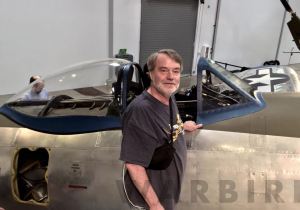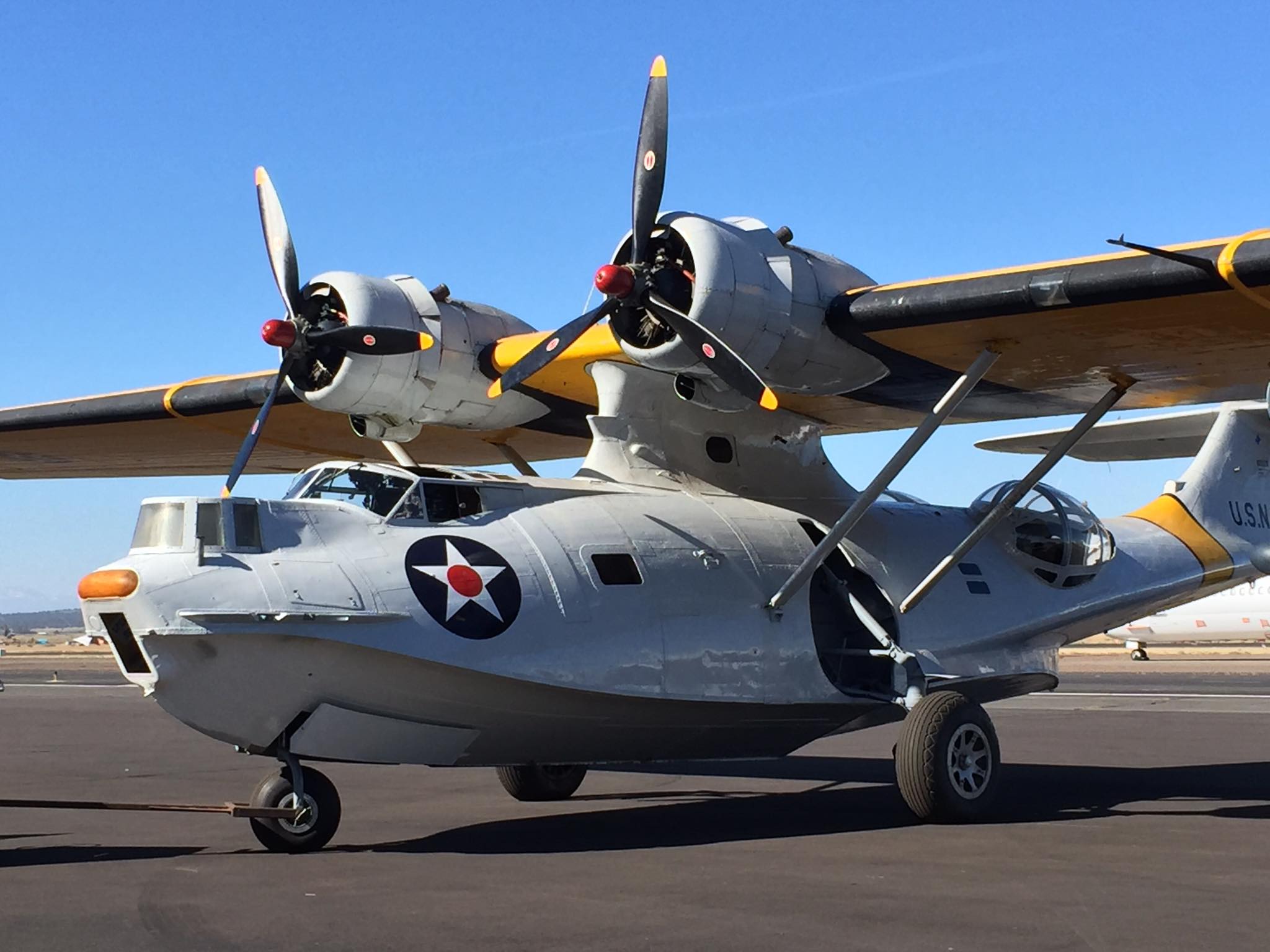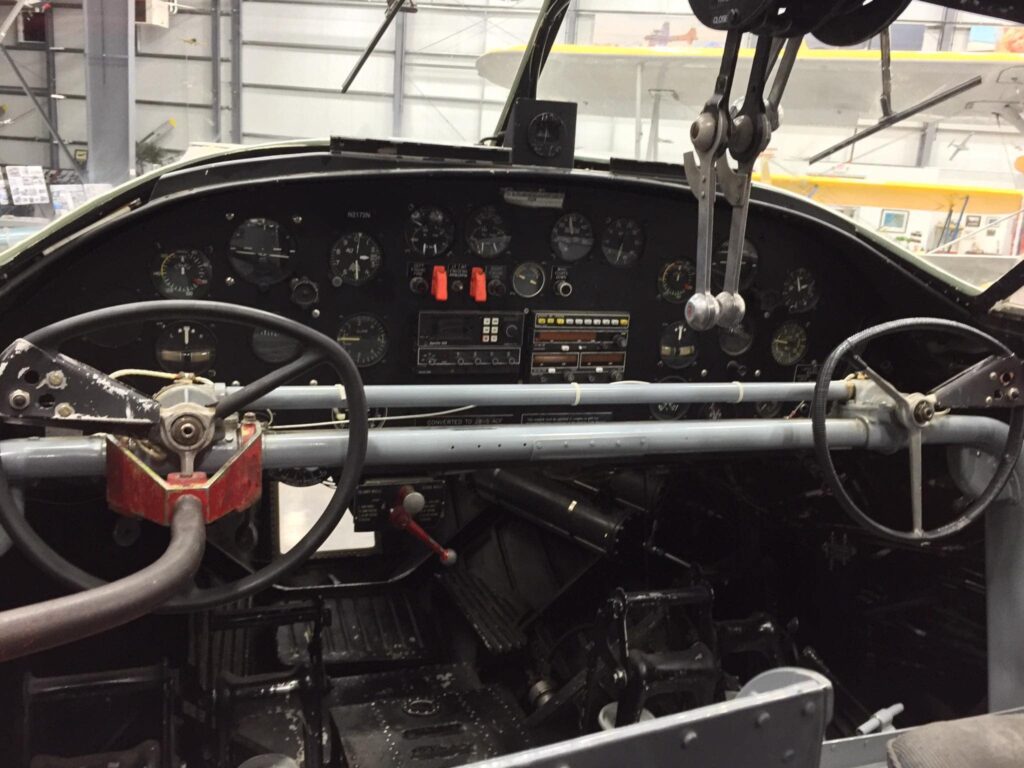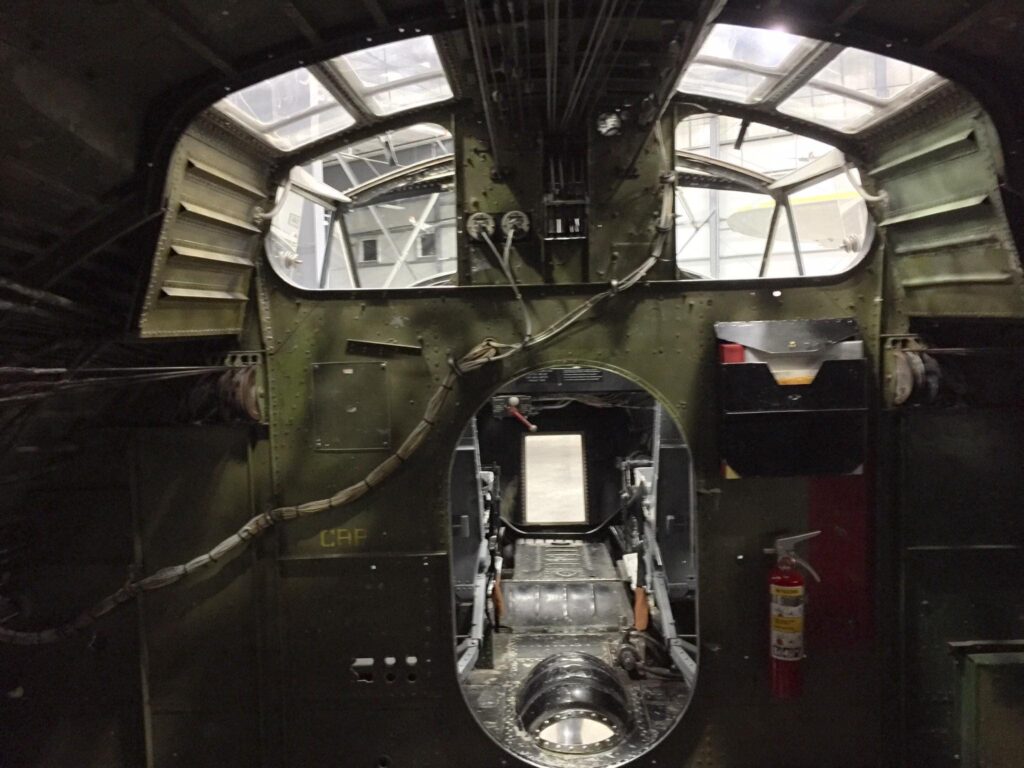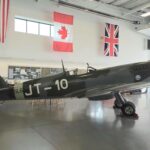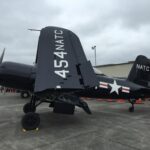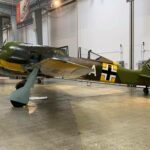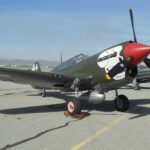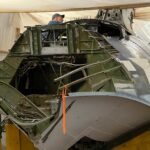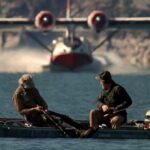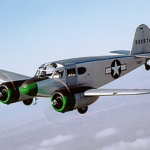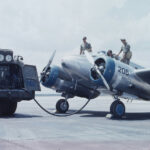By Randy Malmstrom
Since his childhood, Randy Malmstrom has had a passion for aviation history and historic military aircraft in particular. He has a particular penchant for documenting specific airframes with a highly detailed series of walk-around images and an in-depth exploration of their history, which have proved to be popular with many of those who have seen them, and we thought our readers would be equally fascinated too. This installment of Randy’s Warbird Profiles takes a look at the Erickson Aircraft Collection’s Consolidated Vultee 28-5ACF (PBY-5A) Catalina BuNo. 46522, N2172N.
From what I have determined, this particular flying boat was built as a PBY-5A by Consolidated Vultee Aircraft Corporation in San Diego, California as Constructor’s Number 1886 and delivered to the U.S. Navy in March 1944. The “28-5ACF” designation indicates post-World War II commercial air transport conversion (Aircraft Specification 2-548 describes the modifications which are necessary to modify the Model PBY-5A aircraft to provide eligibility for cargo-carrying operations only). It flew with Patrol Bombing Squadron 45 (VPB-45, formerly VP-45) of Fleet Air Wing Six (FAW-6) that operated out of NAS Seattle and NAS Whidbey Island (both WA), and Utility Squadron Sixteen (VJ-16) out of Guantanamo Bay, Cuba and San Juan, Puerto Rico.
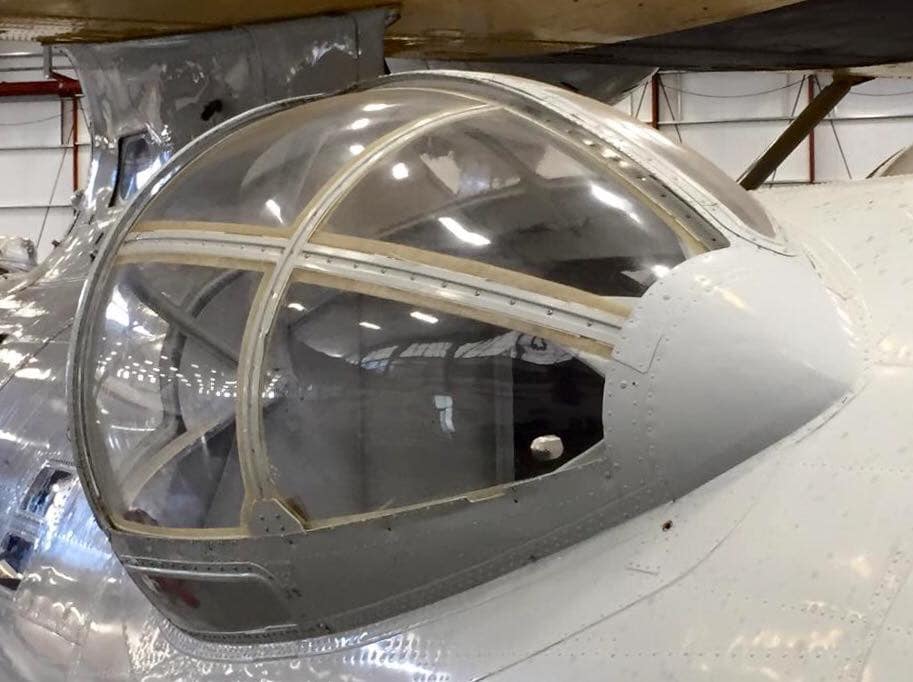
It was stricken from active duty in August 1950, and sold to Catalina Ltd. for $3,100 and its first U.S. registry was N5585V, having been sold to them by NAS North Island, San Diego via a bill of sale dated September 6, 1956. Beginning in May 1959, it was owned by SIL International (formerly Summer Institute of Linguistics) and still under the same FAA registry of N5585V.
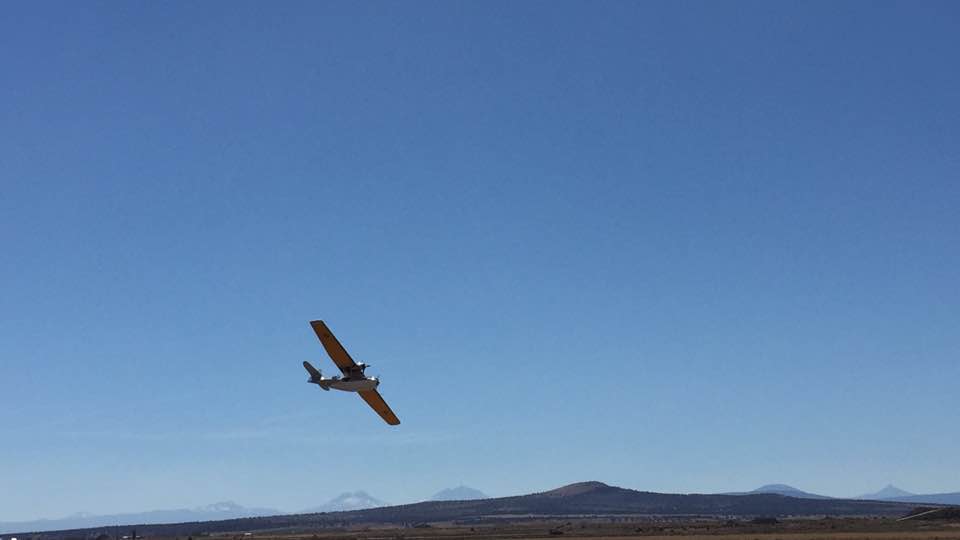
This organization (in conjunction with Wycliffe Bible Translators) was under private contracts (with support by contributions) with several Central American governments as part of what was referred to as a “mutual security program” and were considered part of basically “good will” missions in the region, offering courses to indigenous people in reading and writing and “descriptive linguistics” at scores of linguistics outposts in the region that were conducted by young people trained at the University of Oklahoma, University of North Dakota, University of Washington and, in some cases, in London, England. Of course this has been largely a missionary-type of operation.
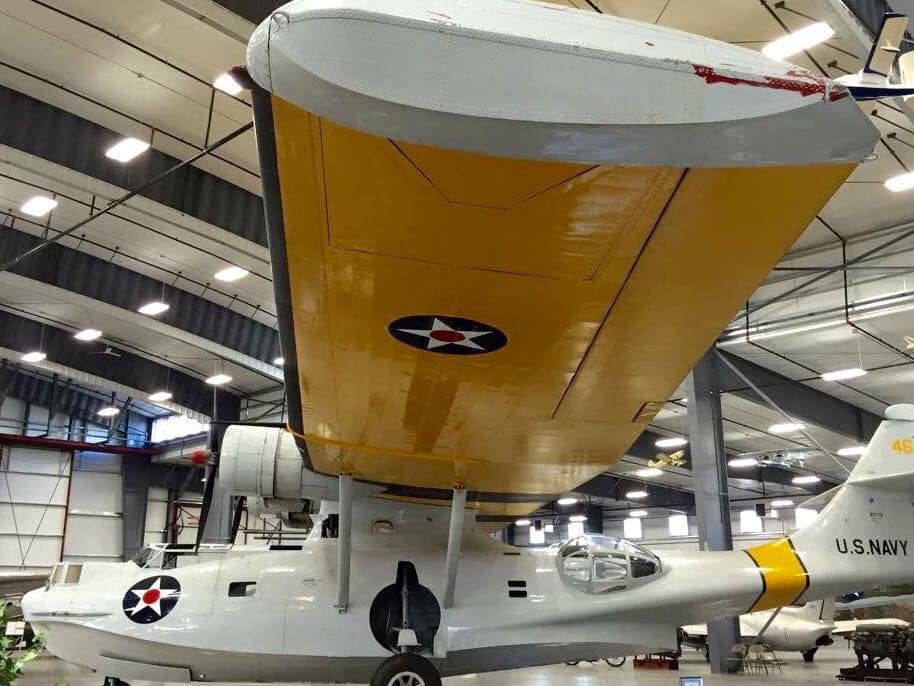
Over 20 aircraft, including two PBYs and a Grumman J2F Duck, were flown as transport planes. In one case, a PBY was presented to the governments of five Amazon-region countries by the Chamber of Commerce of Orlando, FL as part of a series of Inter-American good will ceremonies culminating at Quito, Ecuador; and that aircraft was to be maintained by American pilots, mechanics and radio operators, transporting scientists, government officials, missionaries, businessmen, etc.
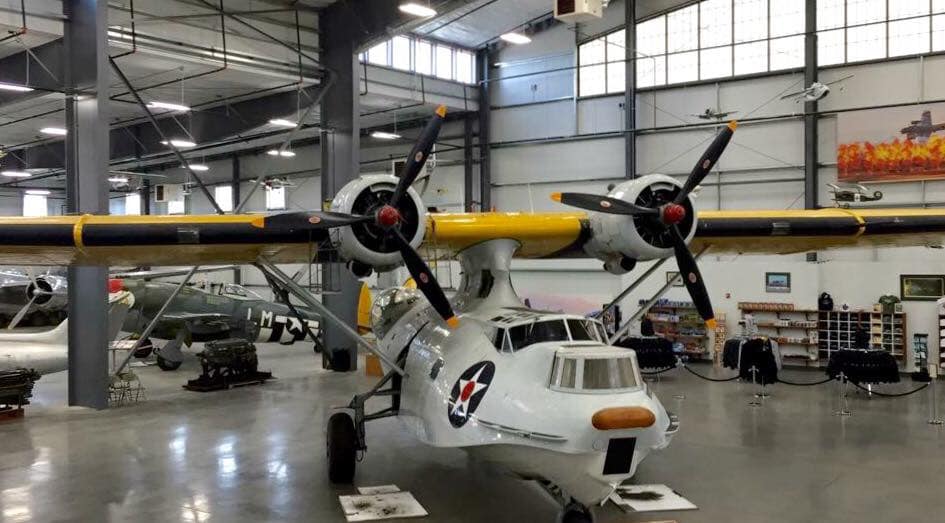
Beginning in February-March 1967, Jungle Aviation and Radio Service, Inc. (now JAARS, Inc. in Waxhaw, NC) which became a full-fledged aviation and radio subsidiary of SIL, operated this PBY that served not only as a means of transportation, but a symbol of prestige and therefore an instrument of statecraft and public relations.
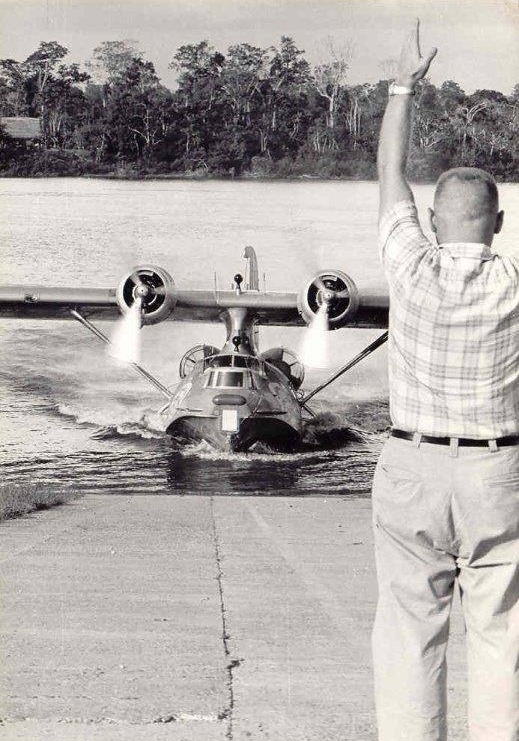
It then moved to Canada where it flew as tanker #777 for Flying Fireman, Ltd. of Sidney, British Columbia with civil registry CF-FFA (later C-FFFA) issued in 1972 and cancelled in January 1990 after its acquisition by Erickson Air Crane Co. and issued its current registry number of N2172N and its registered owner is Avenger LLC (a Jack Erickson-affiliated company) but part of the Erickson Aircraft Collection in Madras, OR.
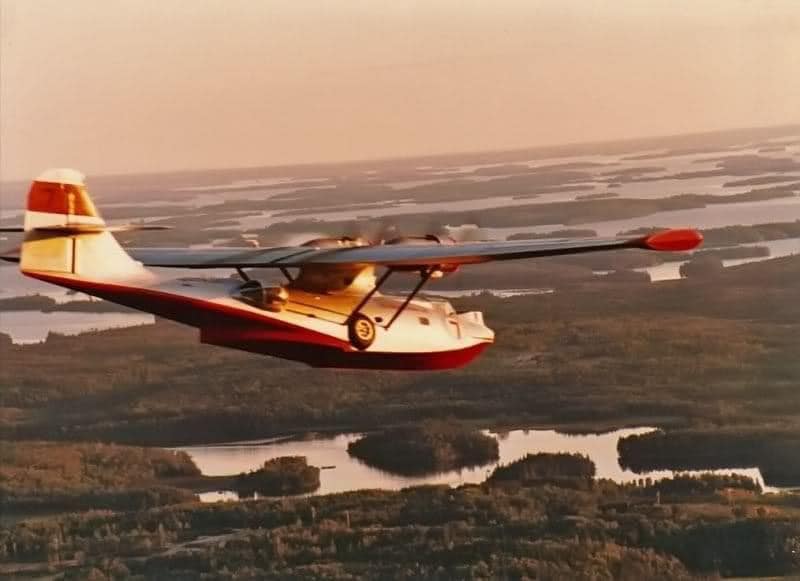
The aircraft is fitted with un-armed bow turret and hull blisters, but with a horn balance rudder, and is painted somewhat in such a way as was approved for anti-submarine aircraft in 1942 and with Insignia White and Naval Aircraft Insignia of the same period. The Model 28-5ACF conversion meant the interior was fitted for transport and it has not here been restored to any military configuration as you can see.
About the author
